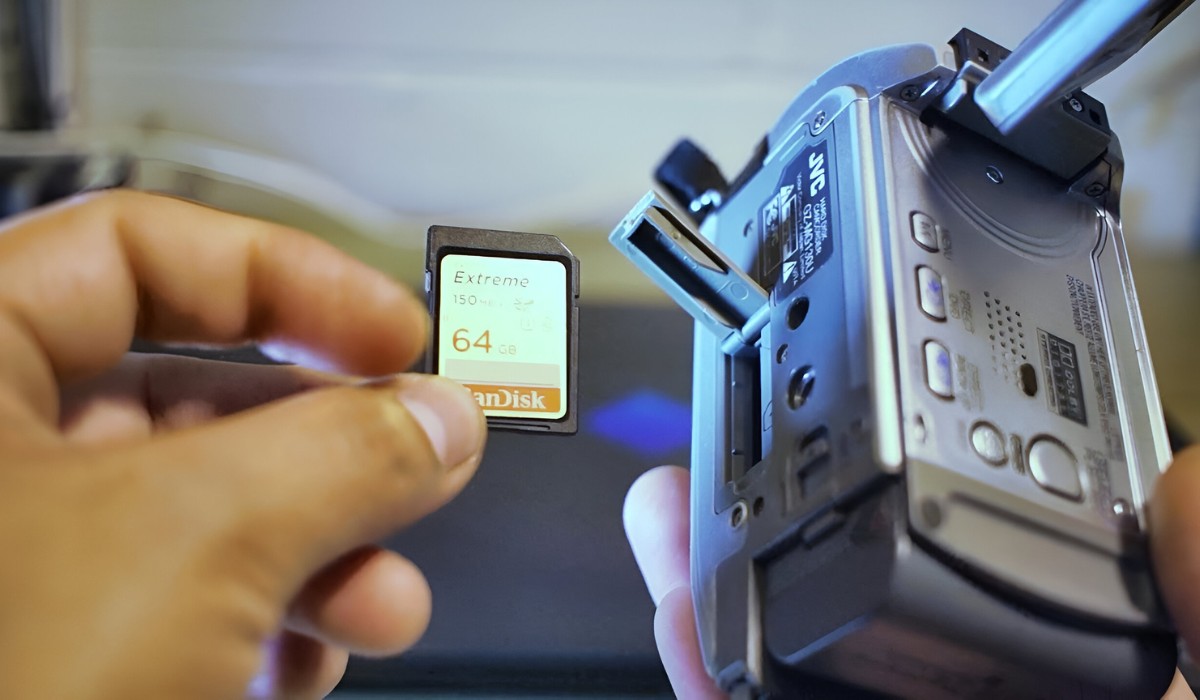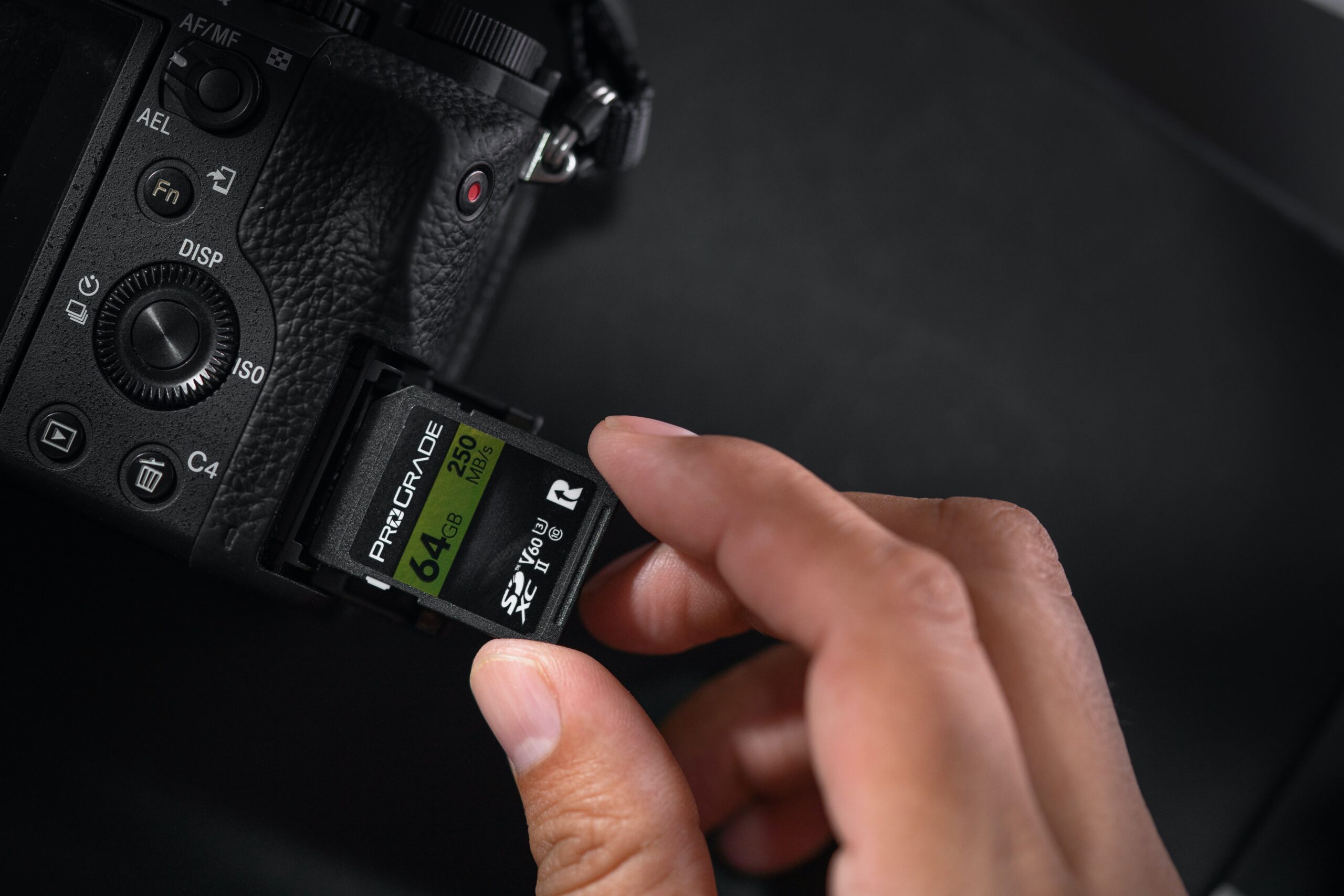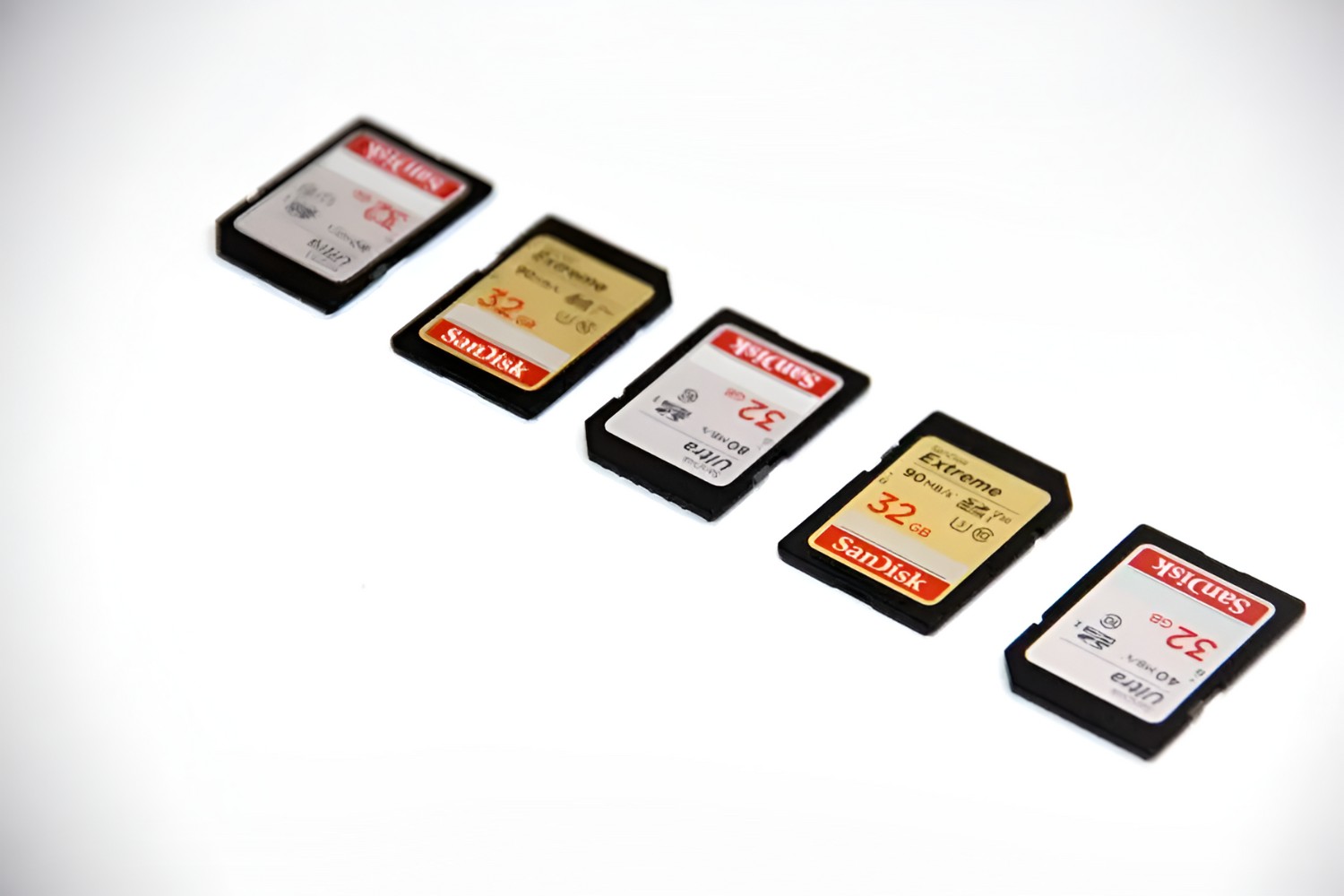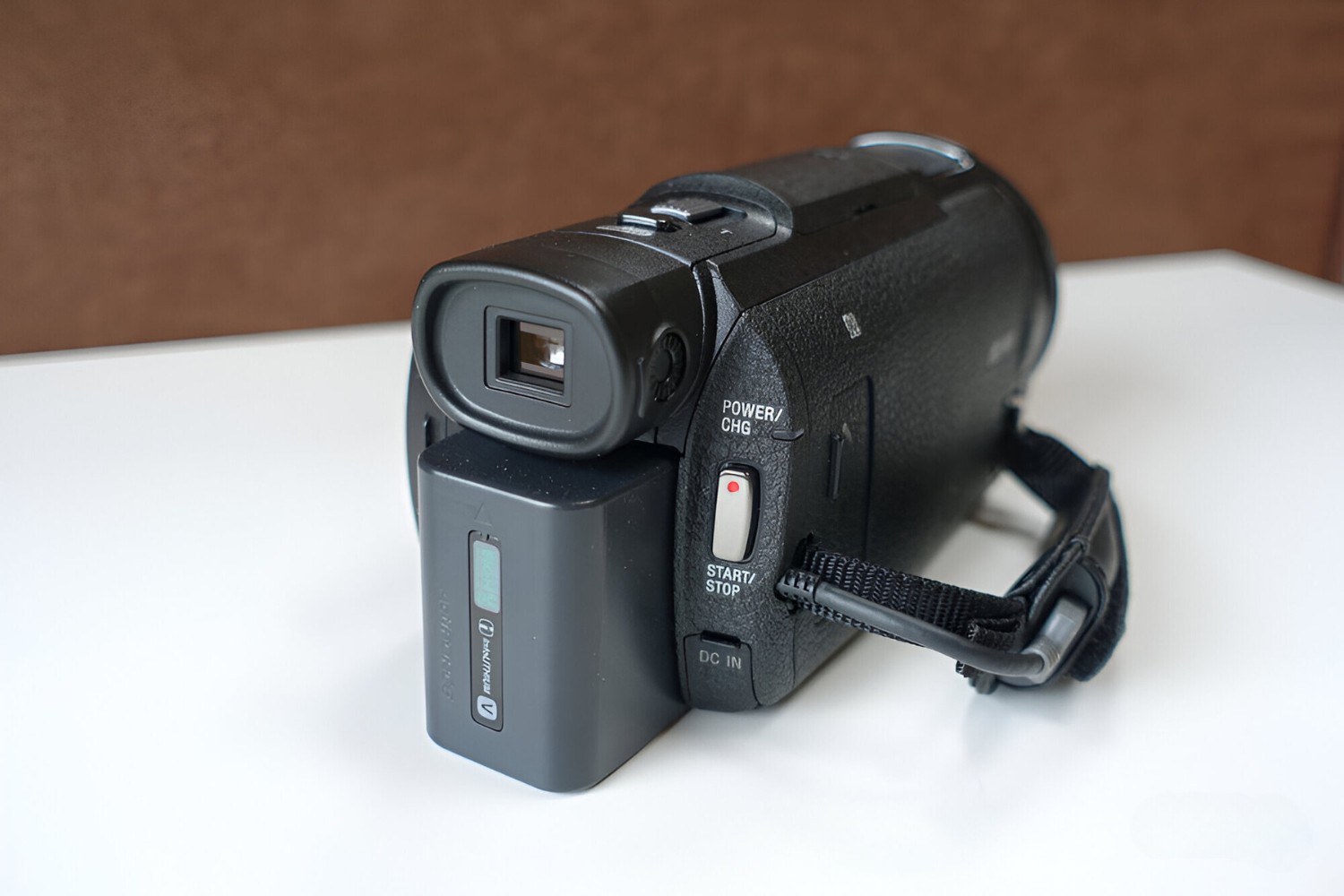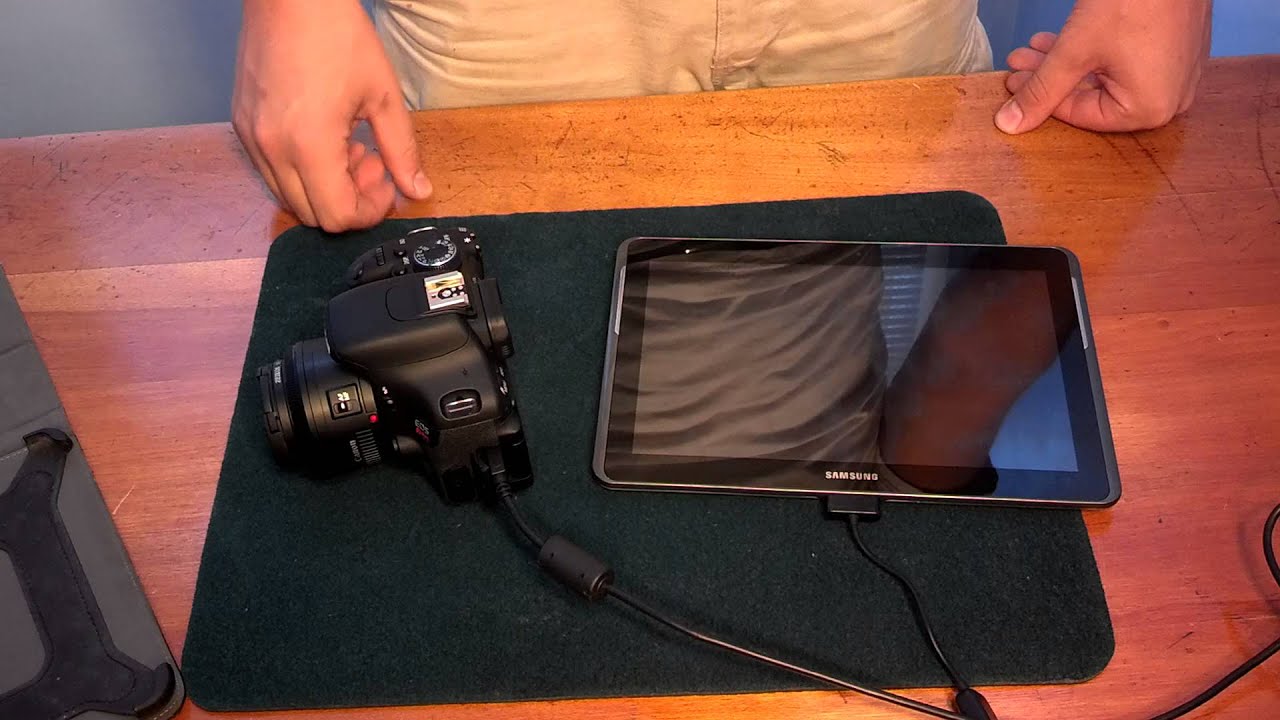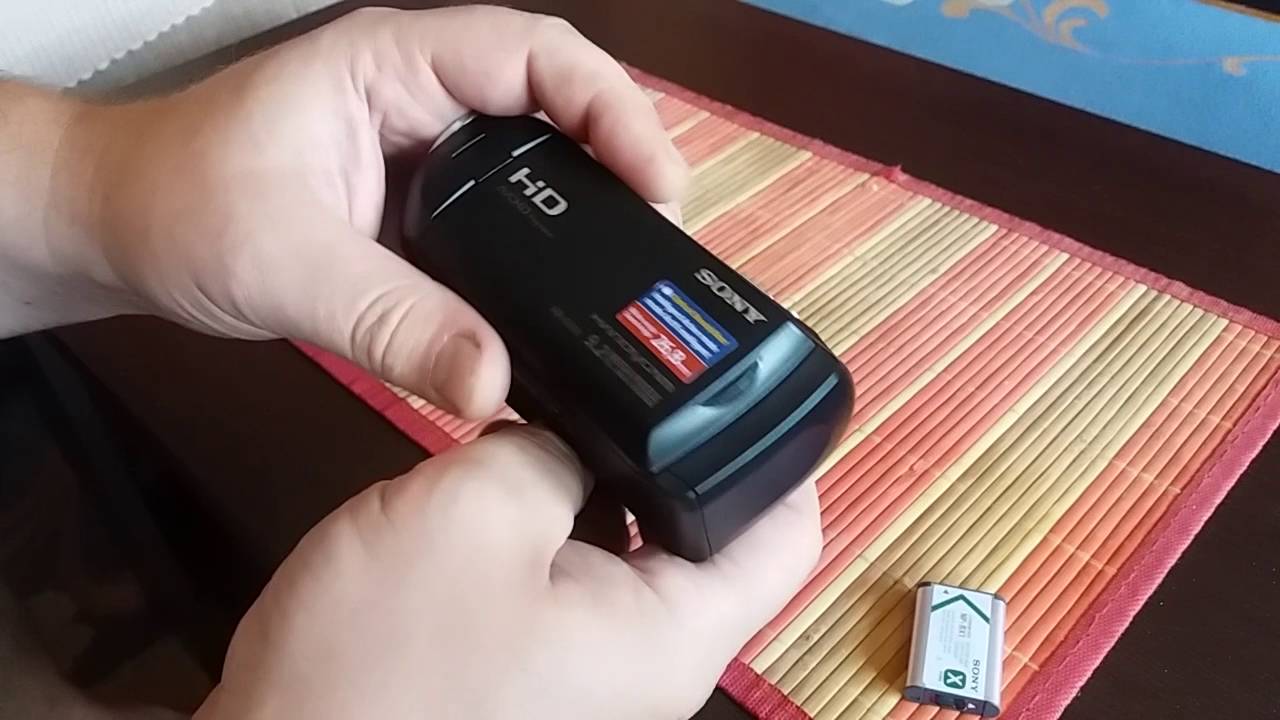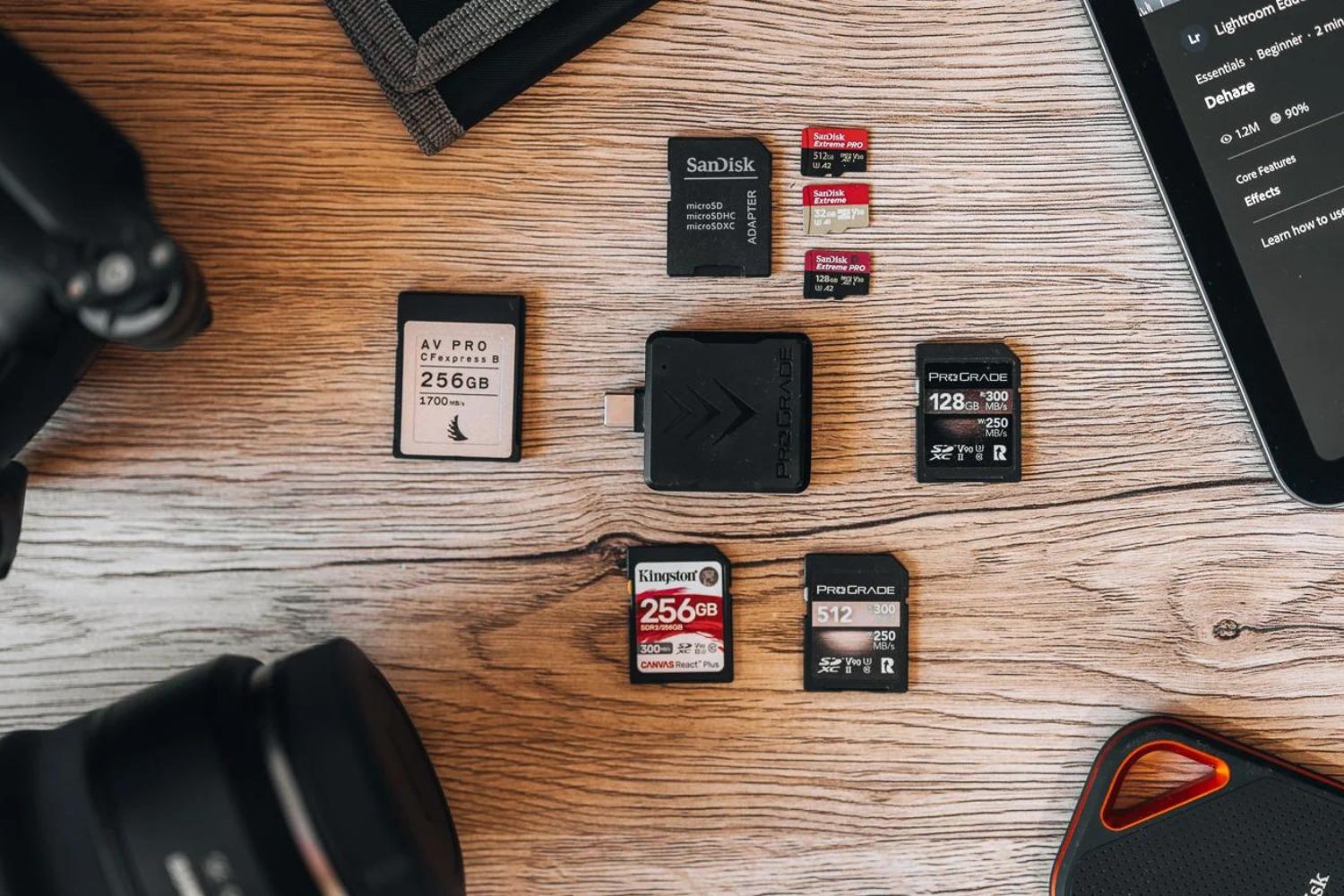Introduction
Welcome to the world of digital videography! If you're a proud owner of a camcorder, you're probably eager to start capturing life's precious moments. One essential component you'll need to consider is the SD card format for your camcorder. Understanding the different formats and choosing the right one can significantly impact your recording experience.
When it comes to SD card formats, the options can seem overwhelming at first. However, with a little guidance, you can navigate this aspect of videography with confidence. In this guide, we'll delve into the various SD card formats available for camcorders, helping you make an informed decision that aligns with your recording needs.
Whether you're a seasoned videographer or a newcomer to the world of camcorders, this comprehensive exploration of SD card formats will provide valuable insights to enhance your recording endeavors. So, let's dive in and unravel the mysteries of SD card formats, empowering you to optimize your camcorder's performance and capture unforgettable moments with ease.
Understanding SD Card Formats
SD (Secure Digital) cards are available in various formats, each designed to cater to specific storage and performance requirements. The primary SD card formats include SD, SDHC (Secure Digital High Capacity), and SDXC (Secure Digital eXtended Capacity). These formats differ in their storage capacities and compatibility with different devices, including camcorders.
SD (Secure Digital):
- The standard SD card format, often referred to as SDSC (Secure Digital Standard Capacity), typically offers storage capacities up to 2GB.
- While suitable for older camcorders and devices with limited storage requirements, these cards may not be sufficient for modern high-definition recording needs.
SDHC (Secure Digital High Capacity):
- Introduced as an extension of the SD format, SDHC cards provide higher storage capacities, ranging from 4GB to 32GB.
- Camcorders compatible with SDHC cards can leverage their increased storage to accommodate larger video files, making them ideal for capturing high-definition footage.
SDXC (Secure Digital eXtended Capacity):
- SDXC cards represent the latest advancement in SD card technology, offering storage capacities that surpass those of SD and SDHC cards.
- With capacities starting from 64GB and reaching up to a staggering 2TB (terabytes), SDXC cards are well-suited for professional-grade camcorders and recording devices that demand ample storage for ultra-high-definition video content.
Understanding these SD card formats is crucial for ensuring compatibility with your camcorder and meeting the storage requirements of your recording projects. Additionally, factors such as write speed, labeled as Class 2, 4, 6, and 10, play a pivotal role in determining the card’s suitability for capturing high-definition video without experiencing lags or dropped frames.
By grasping the distinctions between SD, SDHC, and SDXC formats, you can make informed decisions when selecting an SD card that aligns with your camcorder’s specifications and your videography aspirations.
Choosing the Right Format for Your Camcorder
When it comes to selecting the ideal SD card format for your camcorder, several factors come into play, each influencing the overall recording experience and the seamless functioning of your device. To make an informed decision, consider the following aspects:
Camcorder Compatibility:
- Check your camcorder’s specifications to ascertain which SD card formats it supports. Some older models may only be compatible with standard SD cards, while newer camcorders can accommodate SDHC and SDXC formats.
- Ensure that the chosen format aligns with your camcorder’s capabilities to avoid compatibility issues and maximize the card’s potential.
Storage Requirements:
- Evaluate the storage capacity needed for your recording projects. If you frequently capture lengthy high-definition videos, opting for an SDHC or SDXC card with ample storage is essential to prevent interruptions due to insufficient space.
- Consider the resolution and bit rate of your camcorder’s video recordings to estimate the required storage capacity, ensuring that your chosen format can comfortably accommodate your footage.
Performance Demands:
- Assess the write speed requirements of your camcorder, especially if you engage in rapid or continuous shooting. Selecting an SD card with a higher Class rating, such as Class 10, can facilitate smooth and uninterrupted video capture, particularly in demanding recording scenarios.
- For professional videography applications, where swift data transfer and sustained write speeds are imperative, opting for an SDXC card with UHS (Ultra High Speed) Class ratings can optimize the camcorder’s performance.
By carefully considering these factors, you can identify the most suitable SD card format for your camcorder, ensuring seamless compatibility, ample storage capacity, and optimal performance during video capture. Additionally, staying abreast of technological advancements and future-proofing your investment by selecting higher-capacity formats can enhance your camcorder’s versatility and longevity.
Tips for Using SD Cards in Your Camcorder
Efficiently utilizing SD cards in your camcorder involves more than just selecting the right format. Implementing best practices for handling, maintaining, and maximizing the performance of your SD cards can significantly impact your videography experience. Here are some valuable tips to optimize your SD card usage:
Format the SD Card in the Camcorder:
- Before commencing a new recording session, it’s advisable to format the SD card within the camcorder rather than on a computer. This ensures that the card is tailored to the camcorder’s specifications, minimizing the risk of compatibility issues and optimizing performance.
Handle SD Cards with Care:
- SD cards are sensitive to physical damage and environmental factors. Handle them with care, avoiding exposure to extreme temperatures, moisture, and static electricity. Additionally, always store SD cards in protective cases to shield them from dust and debris.
Regularly Back Up Your Footage:
- As a precautionary measure, regularly transfer your recorded footage from the SD card to a secure storage device. This practice safeguards your valuable content in case of accidental loss or damage to the SD card.
Monitor Remaining Storage Capacity:
- Stay mindful of the available storage space on your SD card to avoid unexpectedly running out of storage mid-recording. Periodically review the remaining capacity and consider carrying spare SD cards for extended recording sessions.
Keep SD Cards Updated:
- Periodically check for firmware updates or compatibility enhancements for your SD cards. Manufacturers often release updates to improve performance, address compatibility issues, and introduce new features, ensuring that your cards operate optimally with your camcorder.
Protect Against Data Corruption:
- Minimize the risk of data corruption by safely ejecting the SD card from the camcorder or card reader before removing it. Abruptly disconnecting the card during data transfer or while the camcorder is still writing data can lead to file corruption and data loss.
By incorporating these tips into your SD card management practices, you can prolong the lifespan of your cards, safeguard your recorded content, and maintain the reliability and performance of your camcorder’s storage solution. Embracing these proactive measures ensures a seamless and worry-free recording experience, empowering you to focus on capturing exceptional moments without concerns about data integrity or storage limitations.
Conclusion
Embarking on your videography journey armed with a comprehensive understanding of SD card formats equips you to make informed decisions when selecting the optimal storage solution for your camcorder. By delving into the nuances of SD, SDHC, and SDXC formats, you’ve gained valuable insights into the storage capacities, performance considerations, and compatibility aspects that influence your choice of SD card.
Choosing the right format for your camcorder involves a thoughtful evaluation of factors such as camcorder compatibility, storage requirements, and performance demands. By aligning these considerations with your specific videography needs, you can ensure seamless compatibility, ample storage capacity, and optimal performance during video capture.
Furthermore, implementing best practices for using SD cards in your camcorder, including formatting within the device, handling with care, regular backups, storage monitoring, and firmware updates, enhances the reliability and longevity of your storage solution. These proactive measures safeguard your recorded content, mitigate the risk of data corruption, and contribute to a worry-free recording experience.
As you venture into the realm of digital videography, armed with the knowledge and insights gleaned from this guide, you are well-prepared to harness the full potential of your camcorder’s storage capabilities. Whether capturing cherished family moments, documenting professional projects, or exploring creative pursuits, your mastery of SD card formats and usage tips empowers you to focus on the art of storytelling, knowing that your storage solution is optimized for seamless performance and data integrity.
Embrace the evolving landscape of videography with confidence, knowing that your choice of SD card format and your diligent adherence to best practices position you for a fulfilling and reliable recording experience, ensuring that every moment is captured with precision and preserved for posterity.







